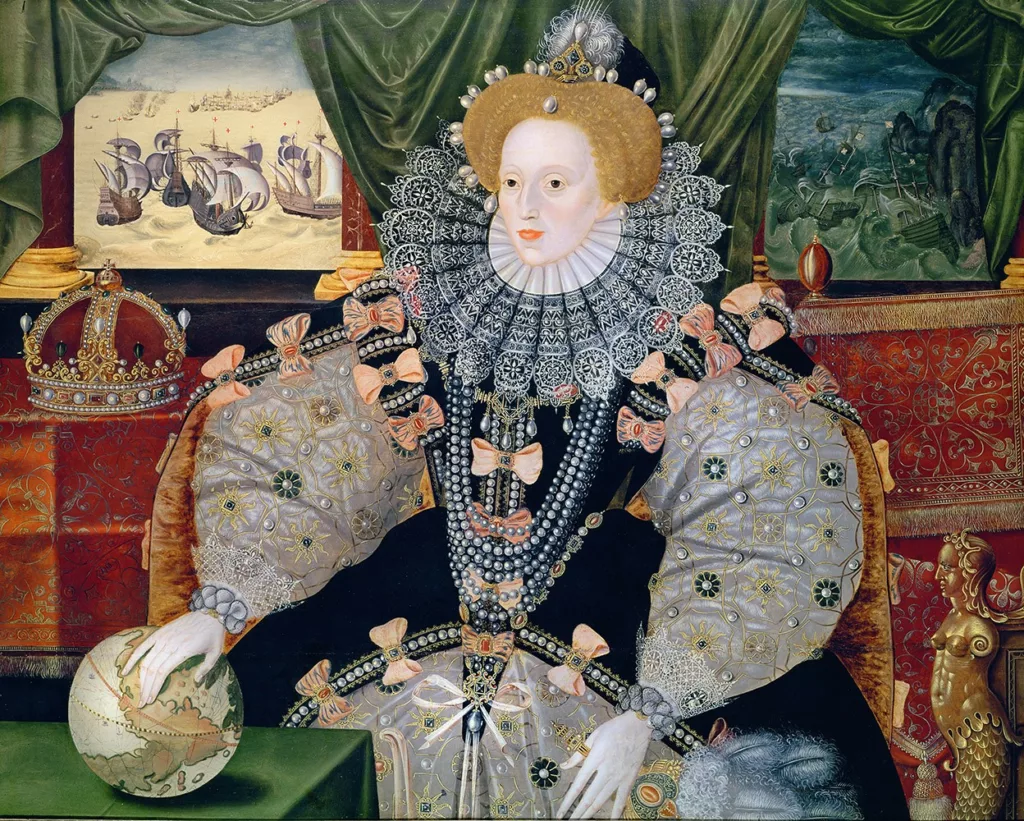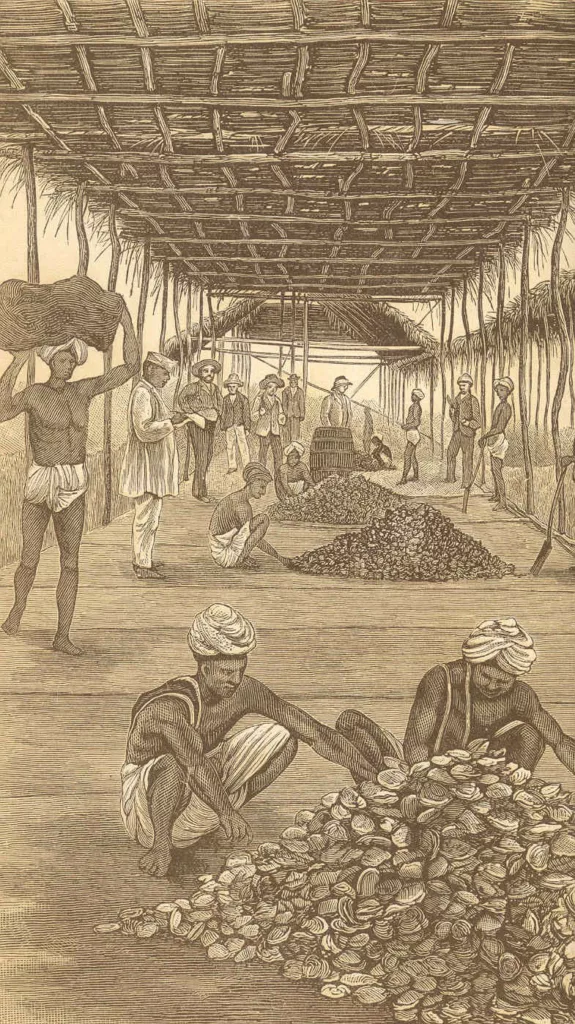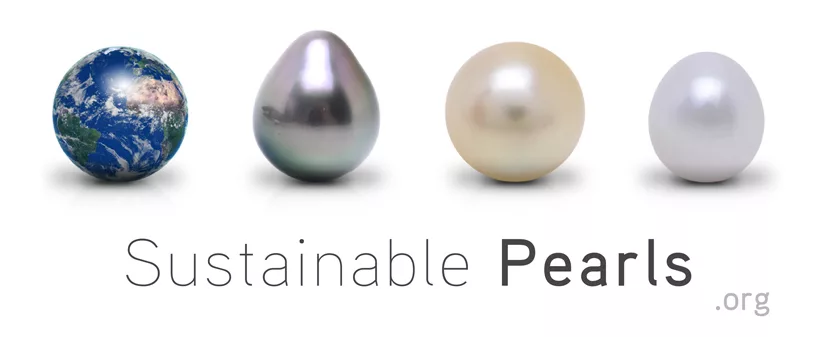A history of pearls
Pearls are intimately linked to human history.
Reports confirm that pearl shells were already used as decorative objects in 4th millennium BC Egypt. They feature in major religious texts such as the Bible and the Koran. The origin of pearls was often explained in mythological and cosmological terms.

Alexander the Great’s reign (4th century BC) led to an increase in the trade and transport of pearls to the Western world. Important sources were the Red Sea and the Middle East. Pearls were long a symbol of power and purity during the Middle Ages and many royals adorned themselves with pearl jewels.
An important period in pearl history were the first voyages of Christopher Columbus and other Spaniards in the 15th and 16th centuries when they discovered pearls and pearl oyster banks in Central and South America.
This generated great wealth for the Spanish crown and triggered what is known as the “Pearl Age” amongst European royals and aristocrats.
Thousands of fishermen around the world were searching for natural pearls (found in wild oysters and formed without any human intervention). Stories of these feats can be, for example, read in John Steinbeck’s The Pearl.
Overfishing of wild oysters in the quest for exquisite natural pearls in the Americas, French Polynesia, the Gulf of Mannar and other areas led to the depletion of many pearl oyster banks. Fishing for wild oysters was far from being ecologically sustainable in a number of areas.
Affordability of cultured pearls led to their emergence and the gradual demise of the natural pearl trade from the 1920s onwards. A small but vibrant natural pearl trade still exists today.

From pearl fishing to cultured pearl farming: a sustainable revolution
The man that solves the problem of pearl oyster cultivation, will not only have the privilege of contributing to scientific and industrial progress: his name will deserve the honor of being included among the founders of empires
said Alexander Lyster Jameson. Scientists had for centuries debated about the origins of a pearl. How could a pearl be cultivated? Is a pearl the result of a parasite, a grain of sand or something different again? The grain-of-sand theory has been shown to be wrong. Although there were numerous attempts at culturing pearls, the first to successfully achieve this feat and market a product was Mikimoto using the Mise-Nishikawa method in 1916. In following decades and with the help of Japanese expertise cultured pearl farming expanded to Australia (1950s), French Polynesia (1960s) and other countries.
Pearl types
Marine & freswater cultured pearls
Click on a pearl type to learn more
